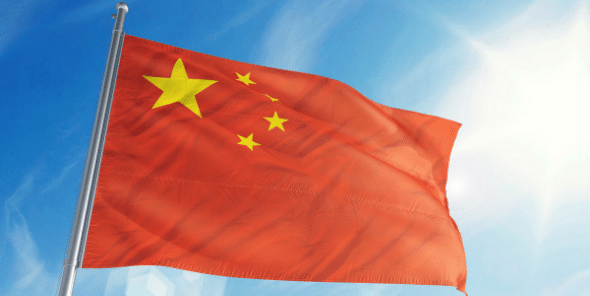For the longest time, China has been viewed as the “world’s industrial factory, producing inferior quality products and manufactured goods by impersonating foreign countries’ items and selling them at a cheaper cost, thus attracting widespread attraction. China has been known to be the land of copycats unequipped for distinctive advancement or innovation and having no appreciation for creative production and intellectual property rights. However, this is not entirely true, considering how China’s IP laws are still evolving and have substantially progressed over the years to be in line with the internationally set standards.
Today, China has become progressively innovative and has exhibited a genuine determination to uphold and preserve an efficient IPR regime. Without a doubt, Chinese firms today have been well ahead of time, placing a significant amount of focus on global expansion and cutting-edge development, indicating that they have become increasingly demanding by encouraging compelling IP protection and securities from the government. China has also addressed several concerns raised by foreign business companies with lawful reforms and authorization systems amongst strict enforcement mechanisms.
The Chinese government’s view of intellectual property protection regime to play a significant role in promoting advancement in technology, science, and innovation, which would subsequently help enhance and develop the country’s economy and culture alongside improving society. China began formulating its IP laws and regulations beginning from the late 1970s. Prodded by change and reforms, China has involved itself in developing an effective intellectual property protection regime like never before. By the 1980s, the majority of the IP system regulation for China was completed. By the 1990s, the Chinese government involved itself actively in the GATT’s Uruguay Round on the Trade-related Aspects of IPR, which indicated that a new standard of internationally set regulations was yet to come into force, which meant that China had to fulfill its obligations at an international level following the latest I.P standards.
China’s Patent Law and its implementation rules came into force in 1985 and included inventions, amongst other creations. The Standing Committee of the National People’s Congress also adopted an amendment in 1992 to broaden the horizon of the Republic of China’s patent protection system to bring it closer to international standards. The revised patent system brought forth several changes by expanding the scope of patent protection. It also aimed to provide registration to all kinds of technological inventions, including new techniques and new products. This included pharmaceutical products and materials acquired via chemical processes, flavorings as well as food and beverages. Secondly, the revised regime extended the patent protection duration from the initial 15 years to 20 years from the date of application. Thirdly, the protection of patents was extended to patented processes that involved products that resulted from that process of production. Lastly, the criteria for compulsory patent licenses were re-set.
By March 1983, The Trademark law was put in force, setting principles and rules of application on registration and examination, which was much in line with the internationally set principles. In 1993, China was forced to revise its Trademark law and Rules for implementation to meet the fast-developing economy requirements and prevent trademark counterfeiting and stop wrongful infringement and subsequently safeguard the exclusive use of a registered trademark, thereby expanding the trademark protection range. Most of the Trademark regulations aligned with the GATT’s agreement on TRIPS wherein the commodity trademark was conjoined to regulations of management and registration of service trademarks. In the year 1993, the National People’s Congress Standing Committee also adopted a new set of supplementary regulations for punishing registered trademarks that were criminally counterfeited to strengthen the punishment and further guarantee the right of exclusive use of Chinese registered trademarks as well as foreign registered trademarks.
With regards to the Copyright Law of China, which was first adopted on the 7th of September, 1990 by the Standing Committee of the Seventh National People’s Congress, which aims to safeguard the copyright amongst other interests and rights of the authors original literary, artistic and scientific works. The People’s Republic of China seeks to protect oral and written works, folk art forms, music, choreographed works, product designs, photographs, and video graphic tapes, amongst others. China also seeks to protect original works of computer software. China also happens to be one of the very few countries with extended protection to computer software with its copyright law.
China has also ensured to provide punishments for criminal liability, civil liability, and other administrative sanctions in violation of the law as stipulated by its Intellectual Property law. Thus, with the above-mentioned provisions and implementation regulations, it is fairly evident that China has substantially evolved to have a complete legal system in protecting their intellectual property.




